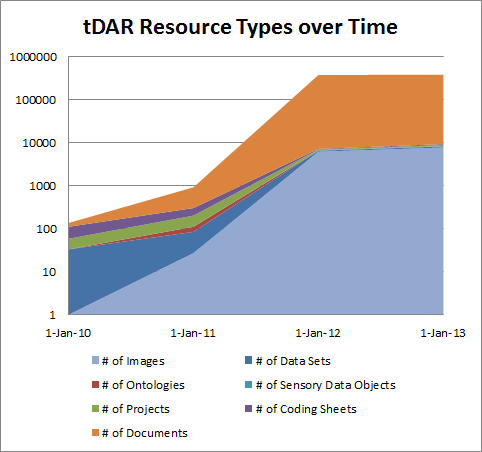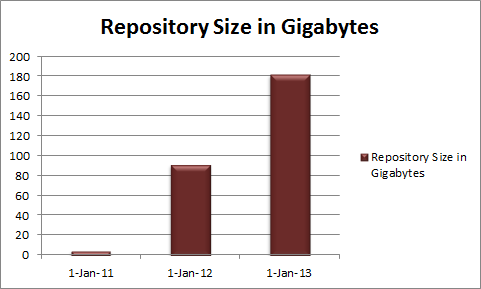SAA and Digital Antiquity are pleased to announce a collaborative program to focus increased attention on the curation of digital data from archaeological projects. As part of a four year, non-exclusive cooperative agreement SAA will provide material support to Digital Antiquity and its digital repository, the Digital Archaeological Record (tDAR) of $5k/annum, and work with Digital Antiquity to encourage all archaeologists and organizations that conduct or require archaeological investigations to deposit well-documented digital records in tDAR or other digital repositories that ensure long term preservation and appropriate access. SAA and Digital Antiquity share a commitment to the long-term preservation of digital records and to making these collections. In order to encourage students to properly curate the digital records they produce, Digital Antiquity will provide every SAA student member free uploads of 3 files with up to 30MB of data per year for the next four years. This valuable student-member benefit allows all student members records broadly discoverable and accessible, with appropriate safeguards for sensitive information.
SAA and Digital Antiquity both seek to develop in students a strong ethic of stewardship, including responsible curation of both physical and digital of SAA to practice responsible preservation.
The Center for Digital Antiquity (Digital Antiquity; http://www.digitalantiquity.org/) is a multi-institutional organization established to ensure the long-term preservation and effective access to and use of archaeological information. Digital Antiquity developed, maintains, and operates tDAR (the Digital Archaeological Record; http://tdar.org), an international repository of the digital records related to archaeological investigations and resources. tDAR provides online discovery and access as well as long-term preservation for tens of thousands of archaeological documents, data sets, and images. Digital Antiquity is currently housed at Arizona State University and is governed by an independent Board of Directors and supported by an external Professional Advisory Panel.
The Society for American Archaeology (SAA; http://www.saa.org/) is an international organization dedicated to the research, interpretation, and protection of the archaeological heritage of the Americas. With more than 7,000 members, the SAA represents professional, student, and avocational archaeologists working in a variety of settings including government agencies, colleges and universities, museums and the private sector. The SAA’s Principles of Archaeological Ethics has specifically established the preservation and curation of objects and records, both non-digital and digital, as an ethical obligation of all archaeologists and works hard to uphold that obligation among its members.
Beyond this partnership, both Digital Antiquity and SAA welcome opportunities to work with other organizations to advance these important goals of fostering and improving digital data curation in archaeology.
A copy of the joint statement can be viewed here.
 Digital Antiquity is pleased to announce the University of
Digital Antiquity is pleased to announce the University of 
